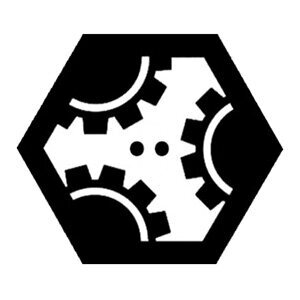THE GARDEN OF FORKING PATHS
Jorge Luis Borges in The Garden of Forking Paths imagines a Chinese novel about a hero named Fang who, when faced with a variety of potential, narrative outcomes for a decision, does not simply select one of these paths, thereby eliminating all others; instead, Fang can pursue the storylines for each of his decisions simultaneously: ‘all possible outcomes occur; each one is the point of departure for other forkings’). Borges depicts such a novel as ‘a labyrinth of labyrinths,’ whose complexity verges on the Infinite, encompassing the entirety of the Universe itself in ‘an invisible labyrinth of time.’ Each passage branches off into ‘diverse futures,’ all concurrent with each other.
Christian Bök imagines an alternative possibility for such a tale by Jorge Luis Borges, doing so by citing the English version (written by Donald A. Yates), converting this translation into a series of ‘floor plans’ for mazes. Segments of the text (200 letters in length) have been converted into HRQR codes, each one constituting a work of nearly asemic, visual poetry, decodable by an automated, robot viewer, if not by a diligent, human reader. Each letter becomes a partition in what Borges might describe as ‘a labyrinth of symbols.’ The original hardback of this edition has appeared in print, limited to 25 copies, after which the book has vanished forever. The book appears here in a digital edition available, as a gift, for bibliophiles who love the work of Borges.

